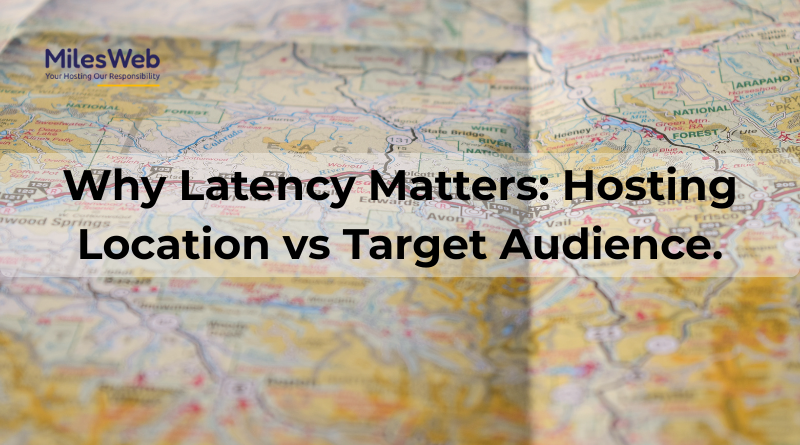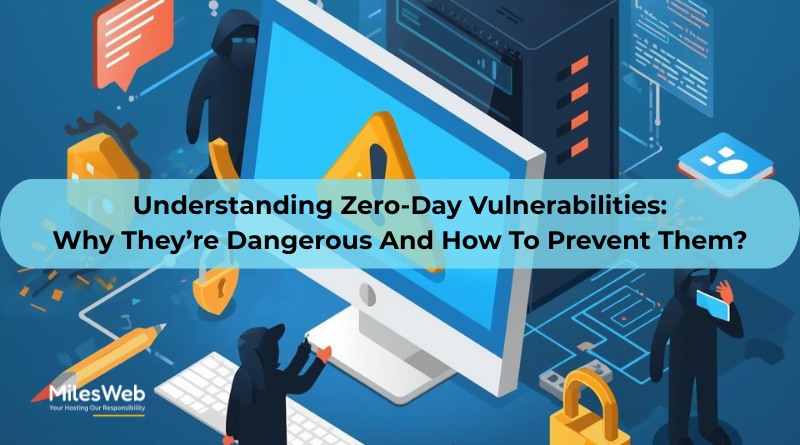Ever used an AI professional website builder that promised lightning-fast results — only for your website to load like it’s stuck in slow motion? The issue isn’t always your design or plugins; sometimes, it’s geography. Your server might be thousands of miles away from the people visiting your website. Those extra miles add milliseconds — and that delay soon becomes noticeable.
Even if you grabbed a great deal using a web hosting coupon code, speed depends on how close your hosting server is to your visitors. A low-cost plan sounds appealing until you realize your audience in Asia is waiting for pages hosted in North America. Hosting location quietly decides how “instant” your website feels — no matter how sleek your design is.
The Distance Between Click and Response
Think of latency as the time it takes for a signal to travel from your visitor’s device to your web server and back. It’s invisible but deeply felt. It’s like asking someone sitting next to you versus someone miles away — the closer one replies immediately, the distant one takes time.
For global websites, every extra millisecond matters. Your target audience might not consciously measure time, but they’ll feel the delay. A page that loads immediately will gain your attention; a page that lags can make users leave almost instantly.
Hosting Location: The Hidden Speed Factor
Most website owners prioritise bandwidth, storage, and features while ignoring the basic question: Where is my server really located? Hosting companies provide several data center locations, and making the right choice can be the difference-maker.
If your audience is largely in India, having your website hosted in Singapore or Mumbai will result in quicker response times. Having it in New York? Get ready for a delay. The nearer your data center is to your viewers, the shorter distance your content has to travel — which translates directly to quicker delivery.
MilesWeb, for instance, offers strategically placed global server locations. That means you get to decide where your website resides, so it has low latency and high impact.
Aligning Audience Geography With Server Proximity
This is where most website owners miss the mark: your target audience dictates your optimal hosting location. Selling beautifully handcrafted jewelry in Europe? Host your server in Europe. Running a U.S.-based blog? Stay domestic.
The internet feels limitless, but latency brings geography right back into play. Even with content delivery networks (CDNs) caching your content worldwide, your core hosting server still influences database calls, logins, and dynamic content. That’s where location truly makes or breaks the experience.
When AI and Infrastructure Collide
AI-powered tools can design and optimize your website in minutes, but they can’t fix latency. Even the smartest AI professional website builder depends on good infrastructure. You can have the most advanced layout and responsive design, but if your data takes a long route, users will still experience slow performance.
The takeaway? AI builds; infrastructure delivers. The perfect blend of automation and location awareness creates the real magic of speed.
The CDN Cushion (But Not the Cure)
Content Delivery Networks (CDNs) are an excellent solution to lowering load times by spreading out cached copies of your website over several worldwide nodes. Visitors get data from the nearest point, so pages feel quicker and smoother.
But keep this in mind: CDNs don’t fix everything. Interactive features like forms, shopping carts, and dynamic content still rely on your main server to function. If that server is halfway across the world, delays still happen. Your hosting location is the base; the CDN simply holds it all together.
How MilesWeb Bridges the Gap
MilesWeb understands that speed is not just about high-powered hardware. Their cloud hosting setup is designed for proximity— letting users host their websites near their audience for better reach and responsiveness. With their managed WordPress hosting and performance-oriented tools integrated, companies can expect consistent uptime, lower latency, and reliable support whenever necessary.
Even minor adjustments behind the scenes—like caching, constant monitoring, and spreading servers across locations—work together to keep websites running without hiccups.
International Audience? Think Domestic
If your business or blog attracts an international audience, don’t panic. Better to map it out in advance. Select a primary hosting center close to your target audience and layer CDNs for secondary locations. This arrangement keeps things affordable, runs without hiccups, and stays reliable for visitors.
For instance, a brand serving Asia-Pacific users may be hosted in Singapore but remain accessible to users in Europe through CDN edge servers. That way, everyone gets a speedy experience — regardless of where they are.
Wrapping Up
At its core, a hosting location defines how your website feels to the end user. The closer your servers are to your target audience, the faster your website responds, the longer they stay, and the better your engagement metrics look.
If you’re using AI to design your professional website, don’t overlook what runs it behind the scenes. And if you want to balance speed and reliability, MilesWeb has scalable hosting plans that fill the gap between performance and ease.
So next time you use a web hosting coupon code, remember: saving money is good — but saving seconds is better.



